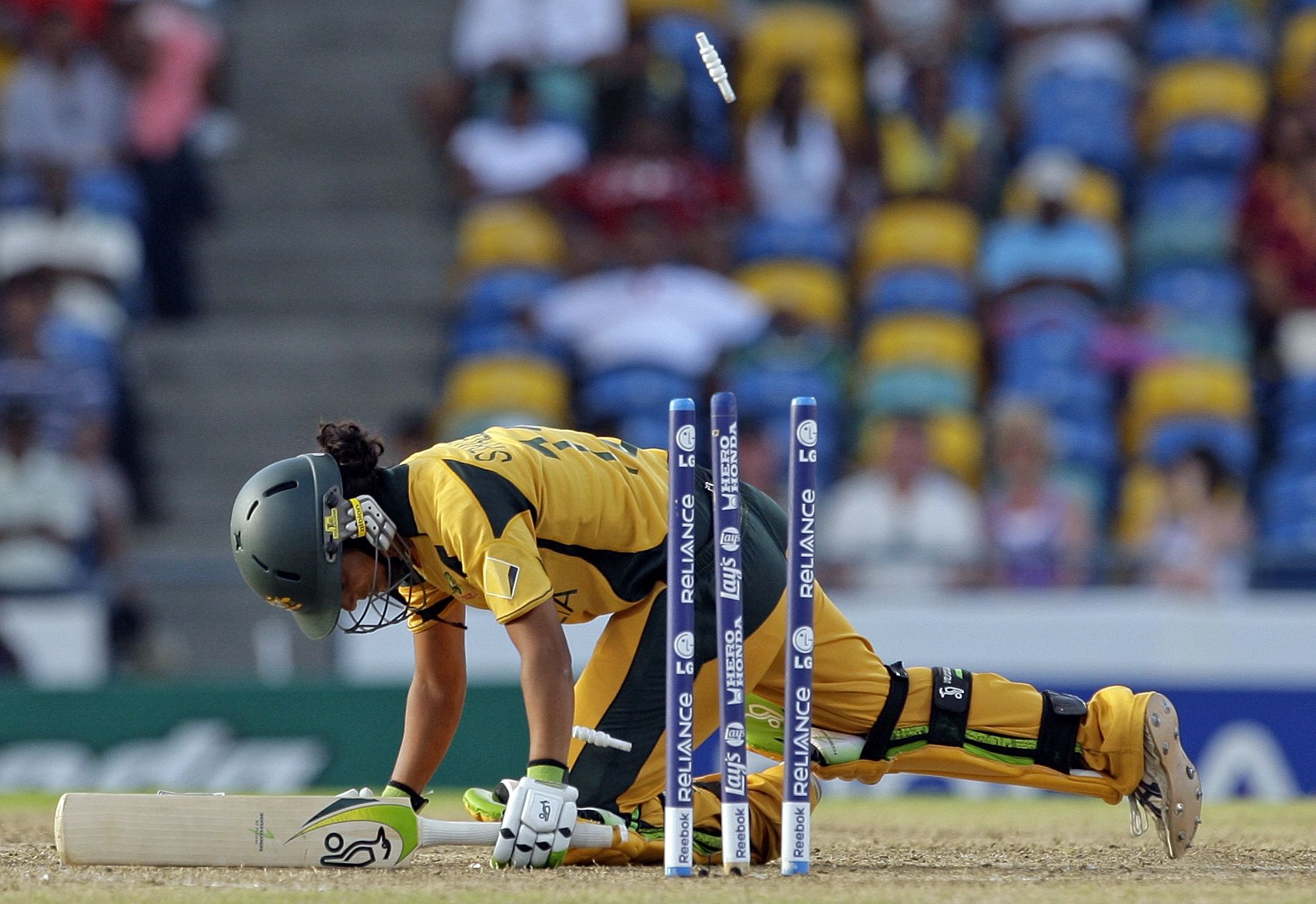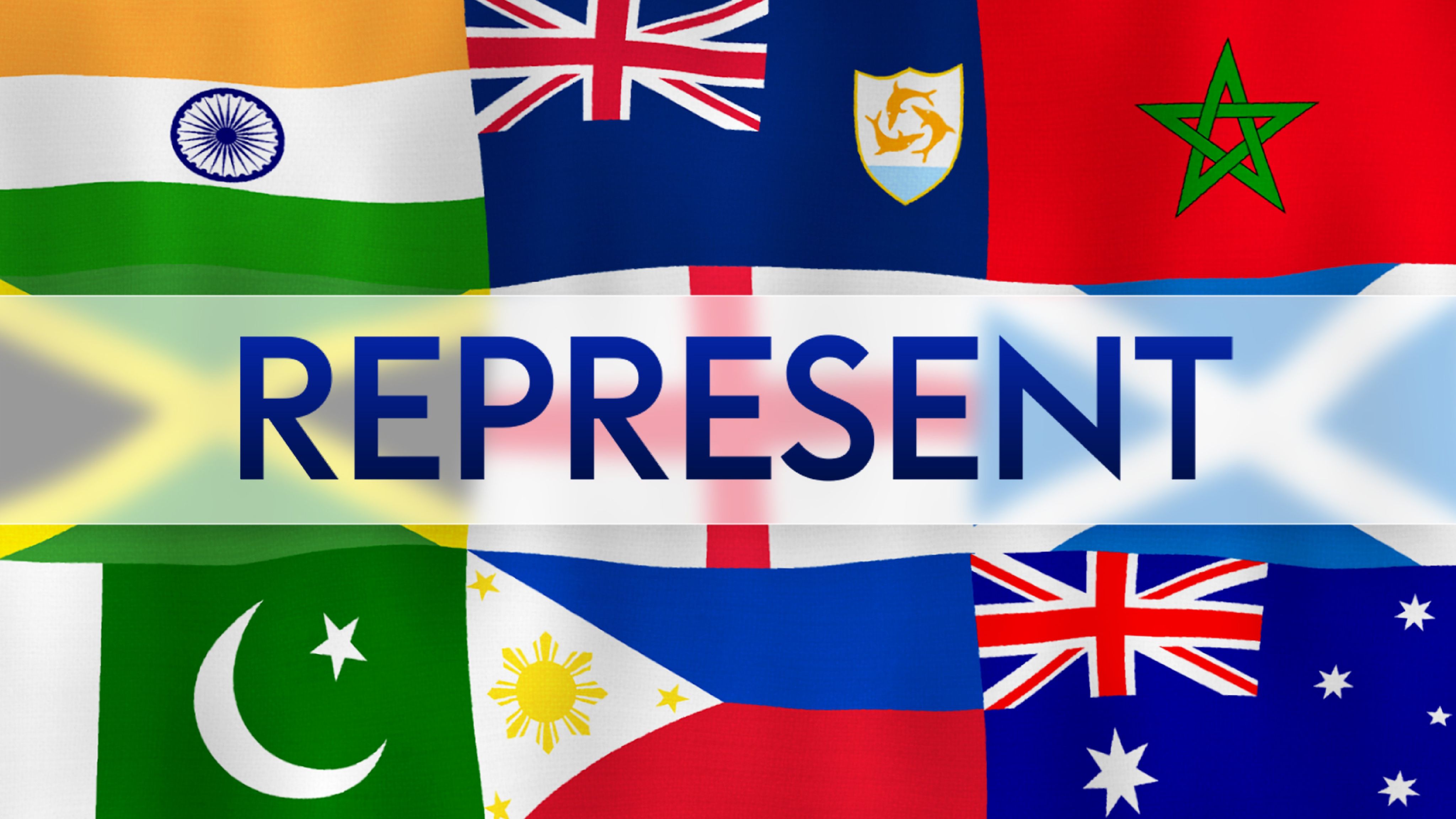
Represent is a one-off Sky Sports series exploring how heritage, nationality and ethnicity interlink to make an athlete's sporting identity.
Lisa Sthalekar has the title of former Australia captain and four World Cup wins to her name. When rankings were introduced, she was rated as the best all-rounder in the world, and was the first woman to score 1000 runs and take 100 wickets in ODIs.
But she’s done more than just give back to cricket on the pitch. Off it, she is a commentator, broadcaster, mentor and was the first woman to be appointed to the Australian Cricketers' Association Executive in 2011. And she has represented women of South Asian heritage on the global sporting stage when so few other role models exist.
But the sport also did something for her…
'If you’re good at something they’re good at, they’ll like you. So maybe subconsciously that was my way of fitting into Australian society.'
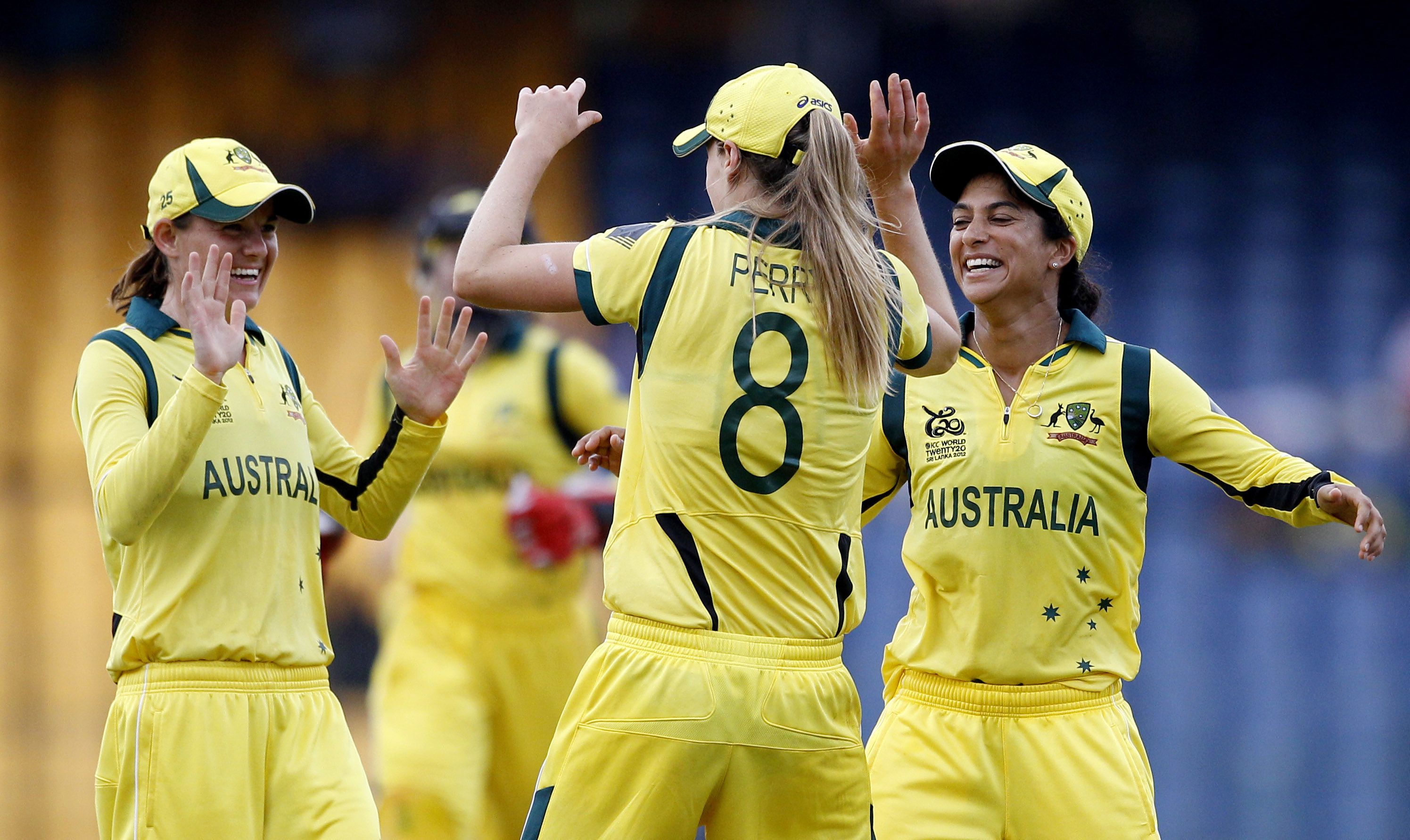
Sthalekar was born in Pune, India. Her biological parents were not able to support her and placed her in an orphanage, where she was adopted at three weeks of age by her parents, Haren and Sue. Her dad was born in India, while her mother was English. The family eventually settled in Sydney where Sthalekar grew up.
It was Sthalekar’s father who first introduced her to cricket in the back garden, where, she says, his passion rubbed off on her.
“Majority of male Indians, they love cricket. Growing up, I was always Daddy’s little girl. Whatever my father did, I did,” she told Sky Sports.
“If I was to look back at how I tried to fit in, sport was probably my vehicle. And thankfully I was okay at it.
“And the Australian society is beautiful sunshine, let’s get outside and let’s play sport. So if you’re good at something they’re good at, they’ll like you. So maybe subconsciously that was my way of fitting into Australian society.”
The 44-year-old did more than just fit in. She was a staple of the Australian team, playing eight Tests, 125 one-day internationals and 54 T20 internationals. She was the number one all-rounder and bowler in T20s and the number two all-rounder and bowler in ODIs.
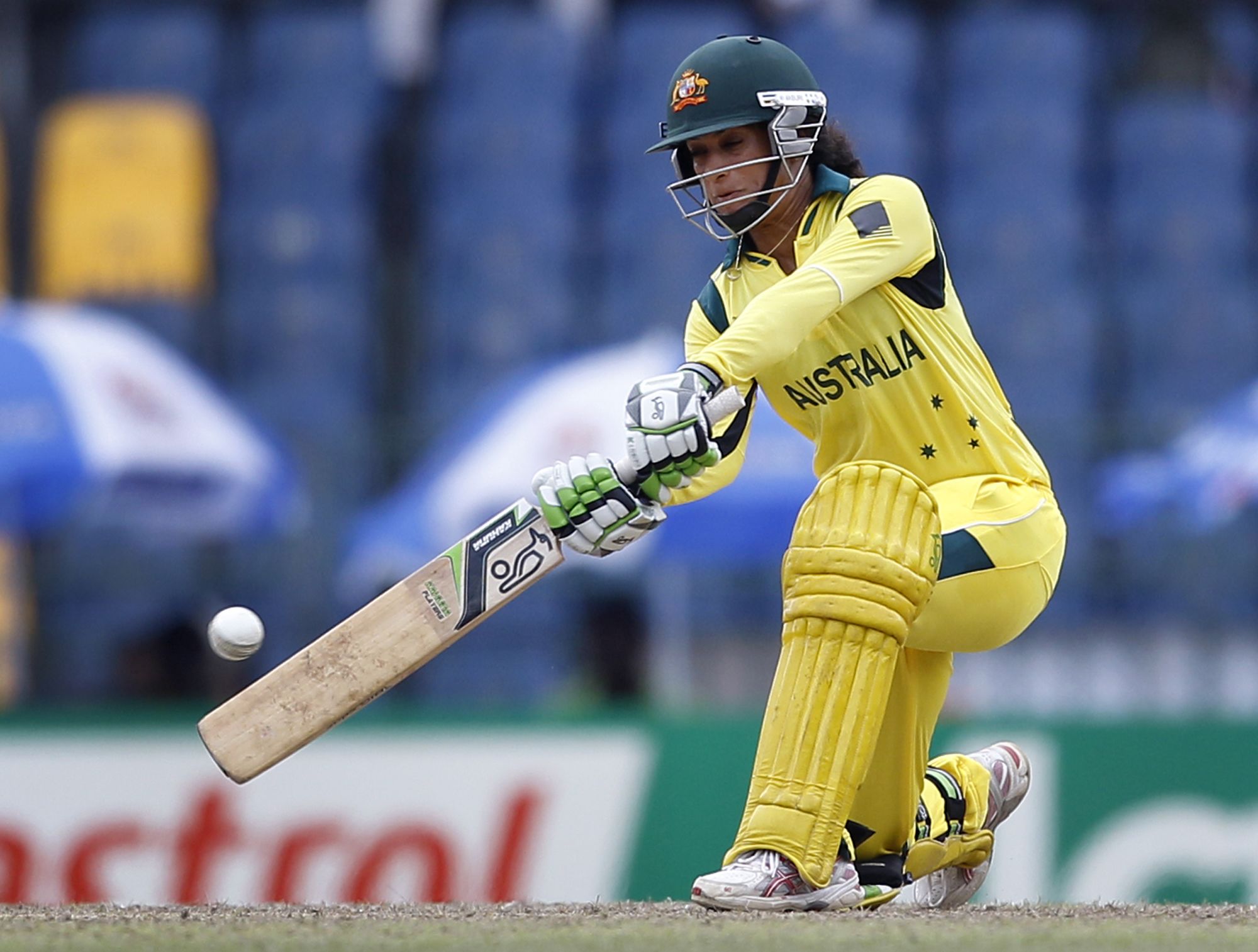
“I actually felt very white growing up.”
“Growing up and trying to assimilate into Australian society, it was just… I’m an Aussie! If you close your eyes and listen to me, I’ve got the accent,” she said.
“It’s only when you open your eyes, you go ‘hang on, she’s you’re your typical Australian which was European, white, English that have come across on the ship and immigrated here.”
Did she have any other South Asian women role models in sport growing up?
“No I didn’t. But I guess when I came and immigrated to Australia, that was one thing my family did. We came to Australia and we’re like, we’re gonna be Australian.
“English was spoken, no other languages were spoken at home. At a young age – maybe this was my naivety – I just thought I tanned really well.
“I actually felt very white growing up.”
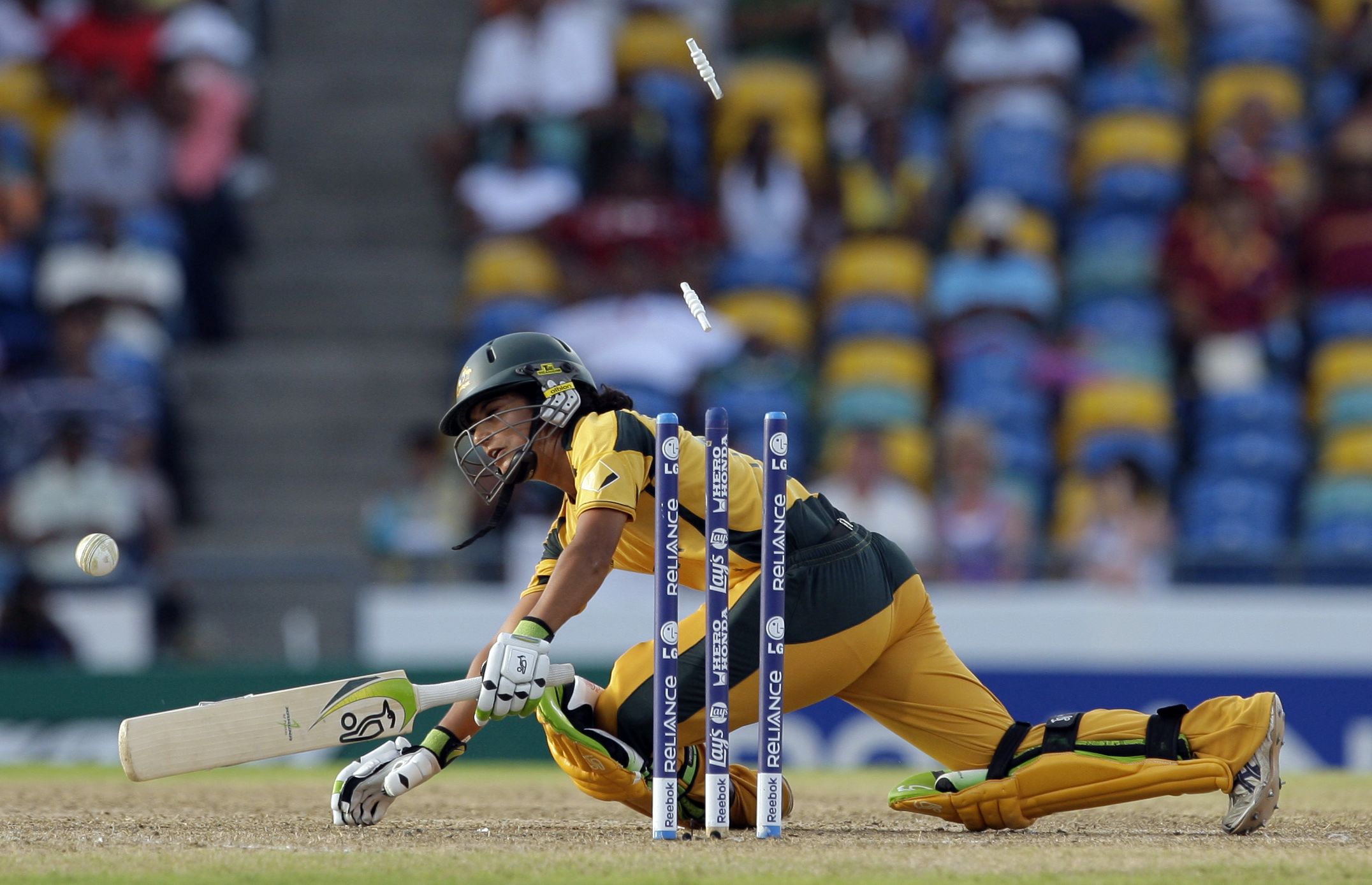
It's All in the Wrists
But one thing did make Sthalekar feel connected to her heritage more than anything else – and that came from the cricket field.
“People that talk about Indian cricketers, we’ve got really supple wrists. We play square of the wicket whereas Australians tend to bomb it.”
“And the funny thing was, I was coached by all white Australians. I learnt the game here in [Australia], yet innately, I was able to open up my wrists and play square.
“People said that I played like an Indian, and I was like ‘but I’m Australian! How am I playing like an Indian?”
“So it was those similarities that I saw in my game and how they played, yet we’d never met before. So that was kind of cool.”
'I always enjoyed playing against them, because I saw myself in them'
Sthalekar first represented Australia in 2000. Two years later was when she first played against India’s women’s cricket team.
“I remember going out batting and they were talking Hindi. I turned around to the keeper and I said ‘I know you’re talking to me or about me, but I don’t understand.”
“But there was a connection there. I enjoyed getting to know them and spent more time with them. And I always enjoyed playing against them, because I saw myself in them,” she said.
“I started to learn more Hindi words so I could communicate a little bit and sound really cool.
“They kept saying ‘our very own Lisa Sthalekar is coming and playing in the Australian side against our girls.'"
Sthalekar says that her heritage and how it linked to her sporting identity was not something she thought much about until the latter half of her career, and that most of the time neither felt or thought she was different to the white Australian players.
"I hadn't identified as an Indian. We were fully engrained into the Australian society."
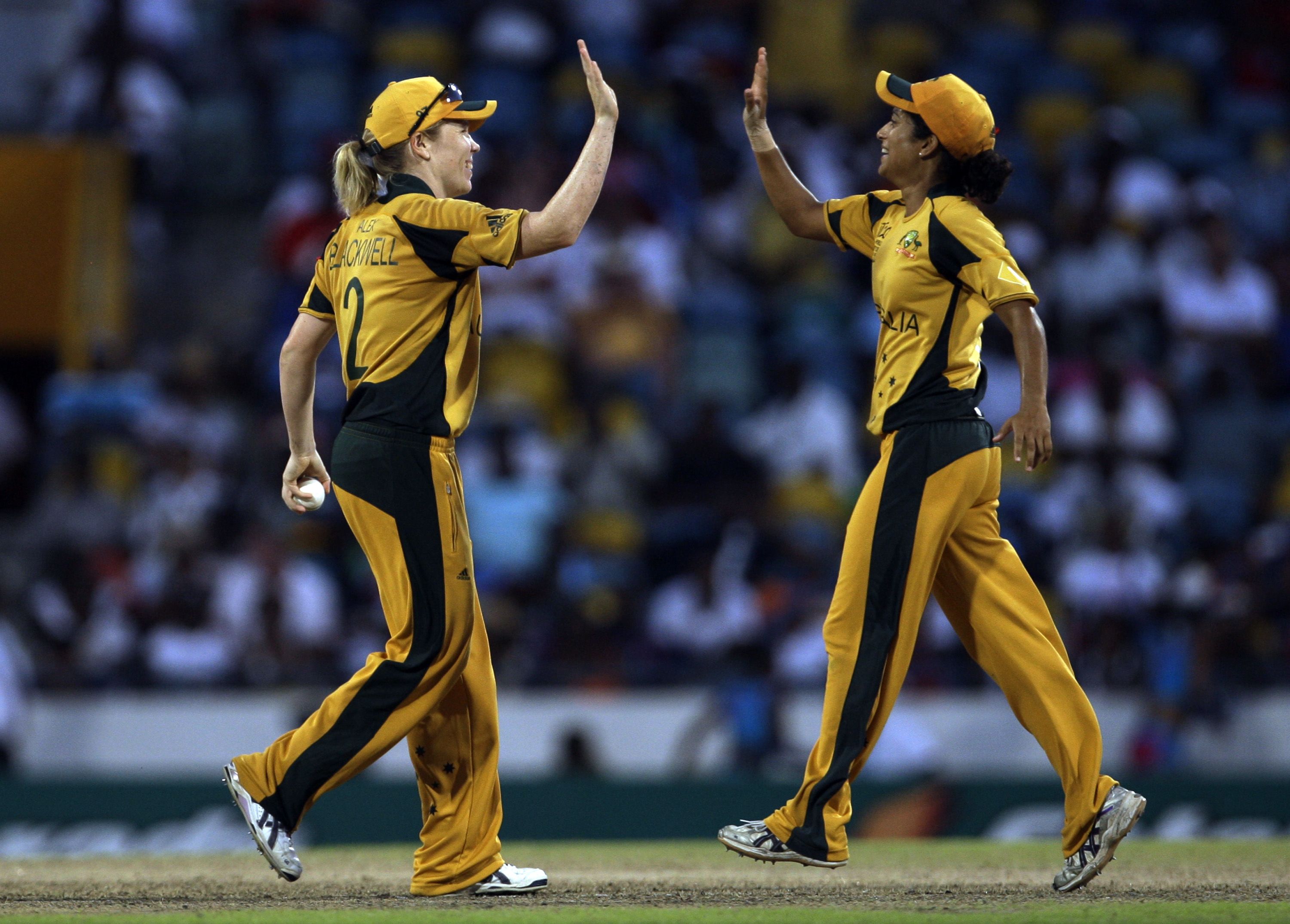

"I was part of the [Indian] community, their country. They always made me feel very welcome."
Sthalekar says she did not feel that same connection when playing against England, where her mother was from.
"Maybe because I didn't see myself reflected in them," she said.
"Yet I could talk to them about Yorkshire puddings and all of those types of things that we used to have at home. Albeit, there was another player on their side who was like me - Isa Guha," she said.
"So there was a real competitiveness, it was like, I don't want to get out by that person, who looks like me."
"And we actually get confused a lot! People often get us confused."

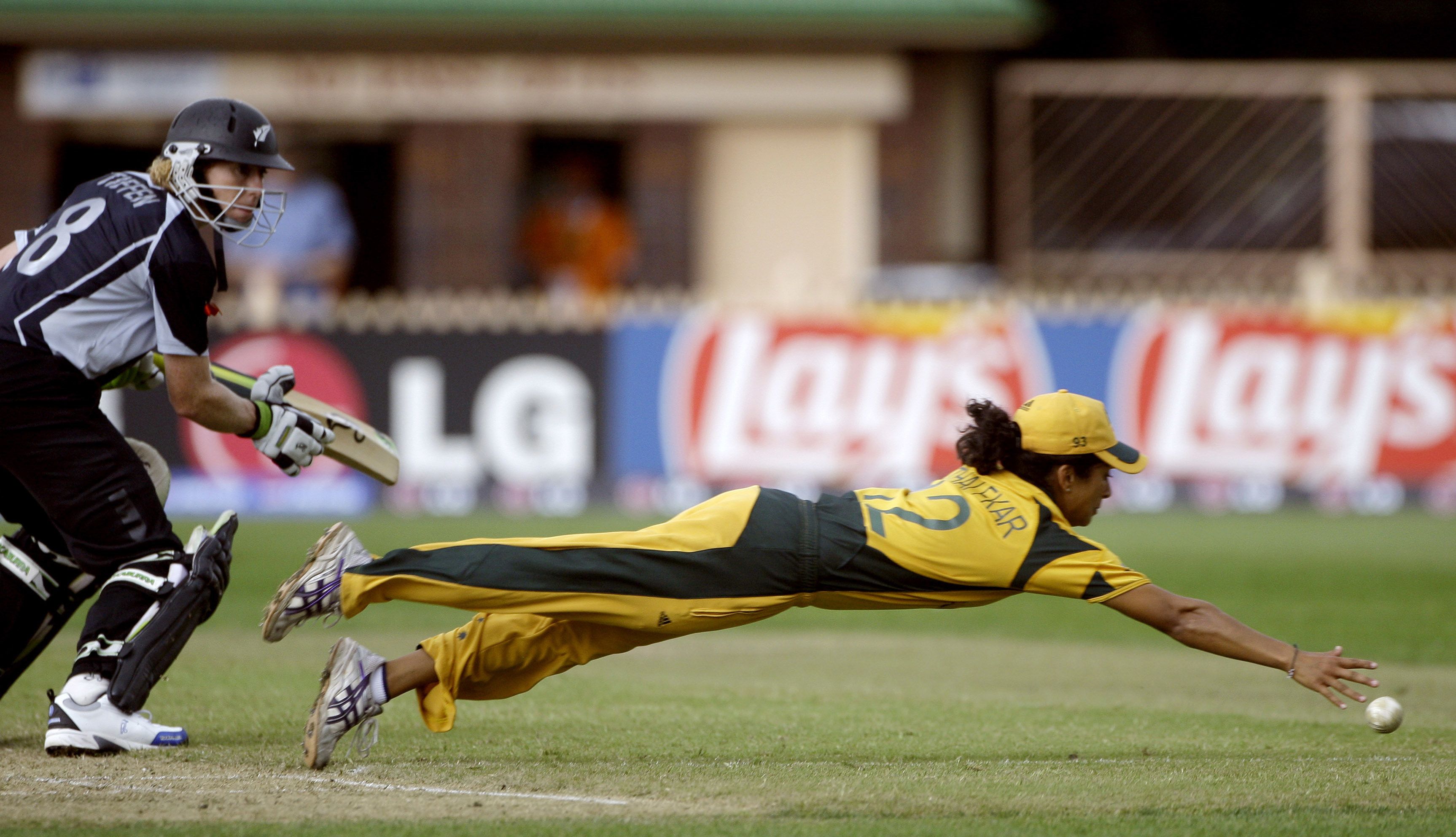
'If you’re good at something they’re good at, they’ll like you.
